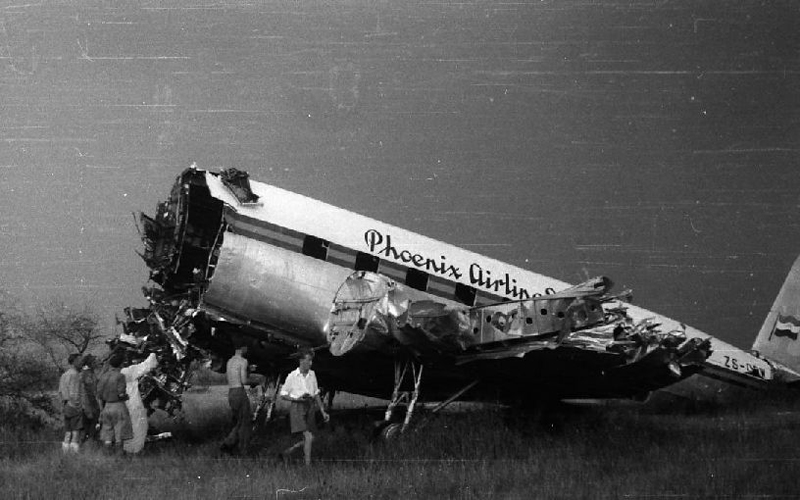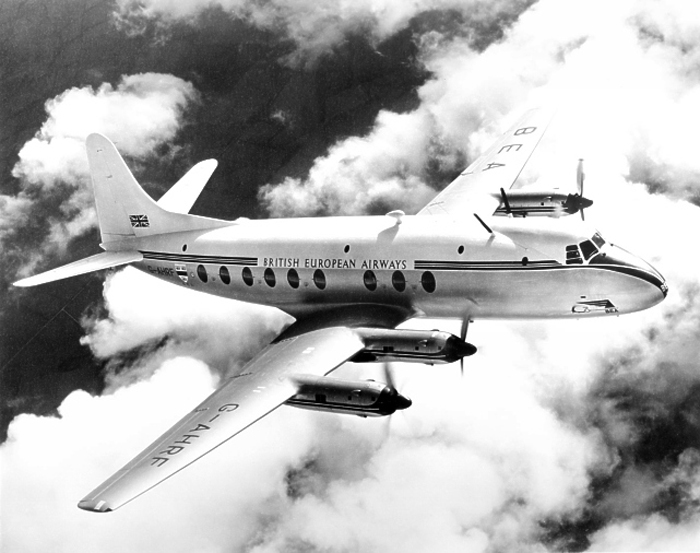Crash of a Bristol 175 Britannia 102 in Khartoum
Date & Time:
Nov 11, 1960
Registration:
G-ANBC
Survivors:
Yes
Schedule:
London – Cairo – Khartoum
MSN:
12904
YOM:
1955
Crew on board:
9
Crew fatalities:
Pax on board:
18
Pax fatalities:
Other fatalities:
Total fatalities:
0
Circumstances:
En route from Cairo to Khartoum at an altitude of 20,500 feet, a loss of hydraulic pressure occurred. The crew continued the flight and started the descent to Khartoum. While completing the approach checklist, the crew was unable to lower the landing gear, even with the emergency systems. The captain decided to complete a belly landing on the sandy area alongside the runway. The airplane slid for hundreds yards before coming to rest. All 27 occupants were evacuated safely while the aircraft was damaged beyond repair.
Probable cause:
It was determined that the failure of the support member for the starboard main gear uplock caused the gear to fall in flight, damaging hydraulic system lines.











